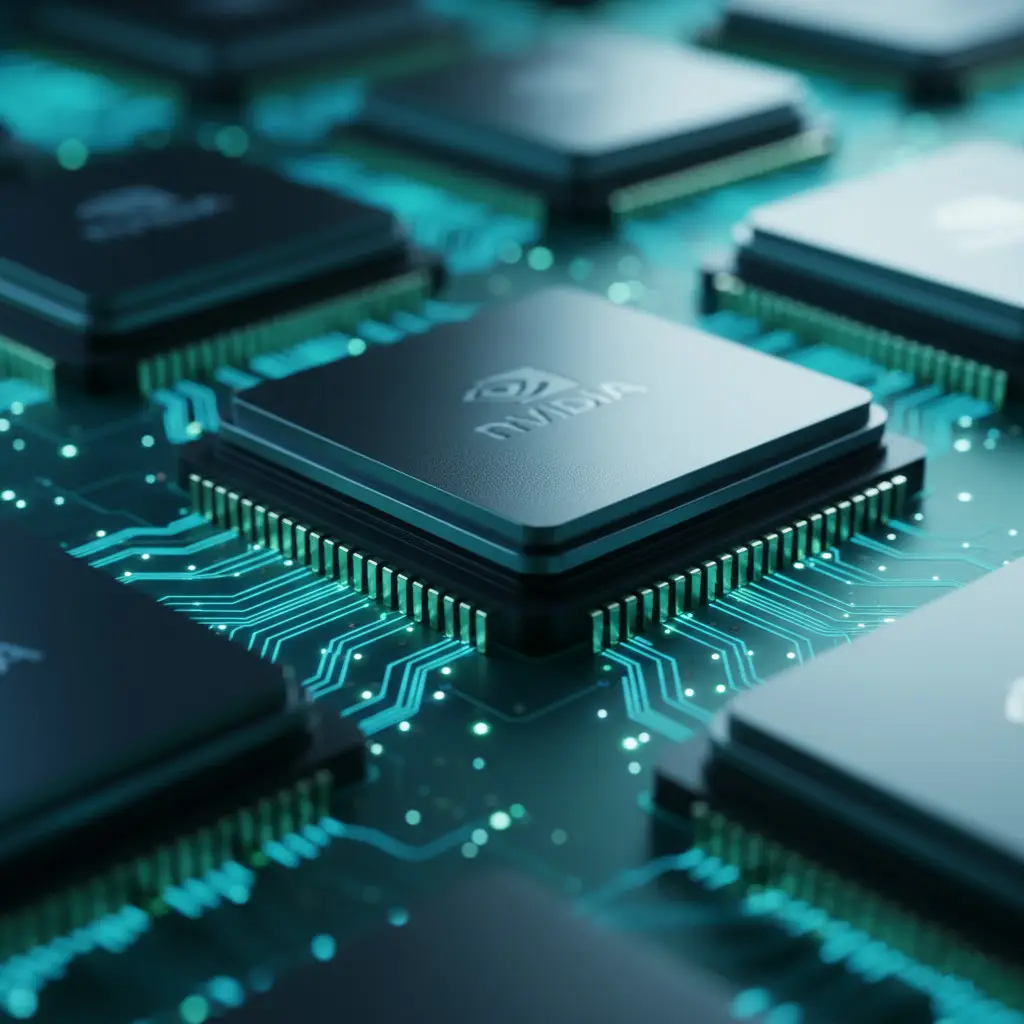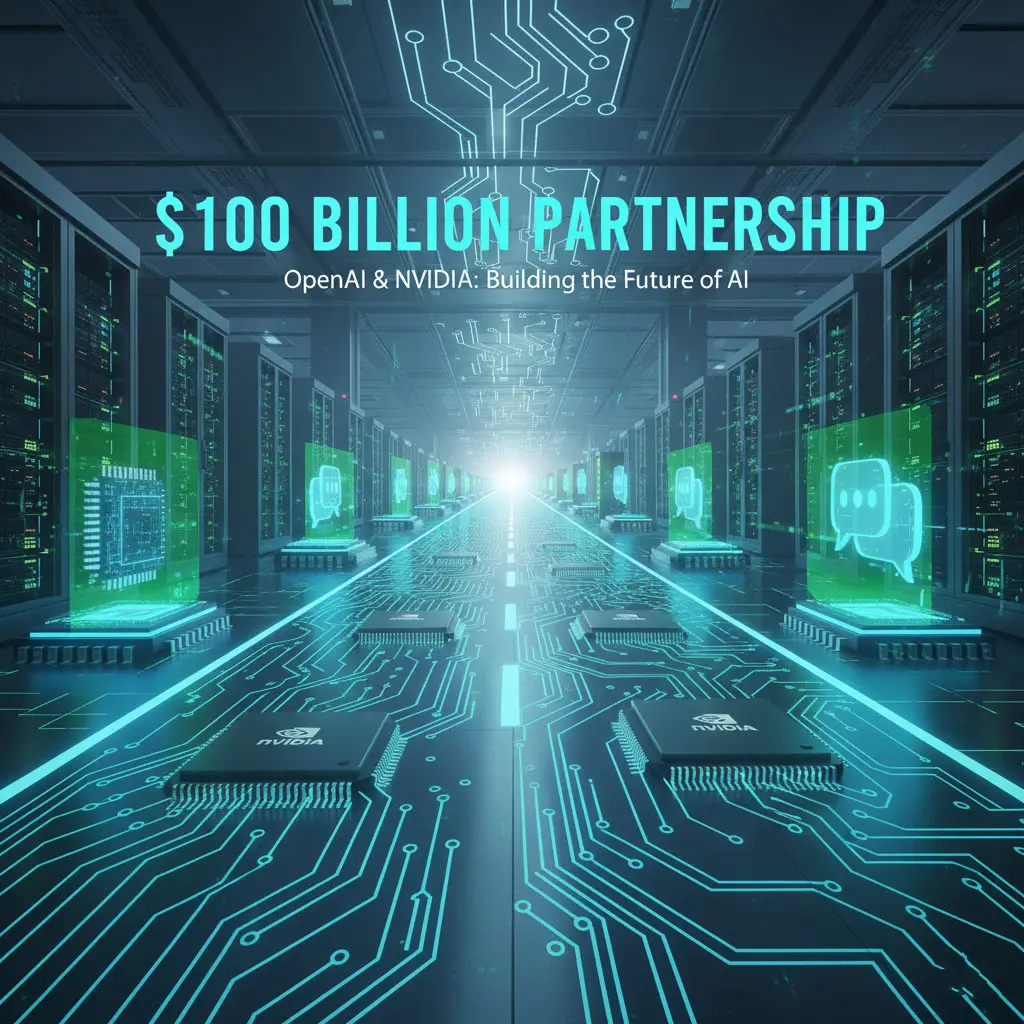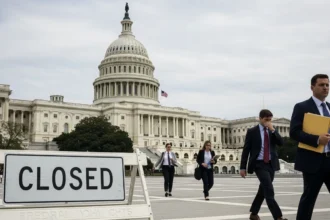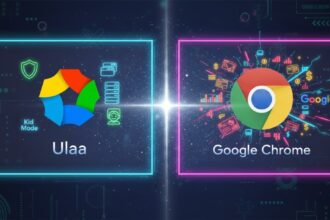When two giants shake hands, the ripple is felt across the world. That’s exactly what happened when OpenAI and NVIDIA announced a groundbreaking partnership that could reshape the trajectory of artificial intelligence over the coming decade. NVIDIA, the world’s leading AI chipmaker, is committing up to $100 billion in phased investments to help OpenAI build next-generation AI infrastructure.
The scale of the deal is breathtaking. At the heart of the partnership lies a shared vision to create AI systems running on 10 gigawatts of NVIDIA-powered compute capacity, with the first phase expected to go live in the second half of 2026. With this, if their plan goes ahead as intended, it is going to be one of the most ambitious AI infrastructure projects in history—a step that is on par with the hype about the future of artificial intelligence.
Still, there is a story behind that big figure and the eye-catching titles: why this partnership is significant, what the hurdles in the way are, and how it could not only affect the tech industry but also society.
The Deal at a Glance
- Total Investment: Up to $100 billion (phased over multiple years).
- Infrastructure Goal: 10 gigawatts of AI compute systems.
- First Deployment: Second half of 2026, built on NVIDIA’s Vera Rubin platform.
- Strategic Shift: NVIDIA becomes OpenAI’s preferred compute and networking partner.
- Why Now?: OpenAI’s rapid growth (700+ million weekly users) demands massive compute capacity for both training and inference.
On paper, it’s a win-win. OpenAI secures a reliable, world-class supply of compute power—the lifeblood of its research and consumer products. NVIDIA locks in a long-term, high-value customer and strengthens its dominance in the AI hardware market.
Why This Partnership Matters

1. The AI Arms Race Just Escalated
The AI boom is often compared to the industrial revolution or the birth of the internet. But one critical difference is speed. Where past revolutions unfolded over decades, AI development is moving at breakneck pace—from ChatGPT’s launch in late 2022 to hundreds of millions of weekly users just two years later.
This pace requires staggering amounts of compute. Training large language models isn’t just about having thousands of GPUs; it’s about building data center ecosystems with power, cooling, and networking that can sustain 24/7 workloads. With this deal, OpenAI ensures it won’t be left behind in the global race, where Google, Microsoft, Amazon, and Anthropic are all pushing ahead.
2. NVIDIA’s Grip on AI Tightens
NVIDIA was already the king of AI hardware. Its GPUs are the gold standard for both training and inference. But this partnership cements something more: NVIDIA as the backbone of OpenAI’s future.
By making NVIDIA its preferred partner, OpenAI is effectively betting that Jensen Huang’s company will continue to lead in chip design, networking, and system integration. For NVIDIA, the payoff is huge—guaranteed demand for its most advanced chips, even as rivals like AMD and custom silicon from Google (TPUs) and Amazon (Trainium/Inferentia) try to gain traction.
3. OpenAI Secures Its Future Capacity
It is quite easy to overlook that underneath the stylish interface of ChatGPT is a massive, energy-intensive network. To cater to users in the millions, the prompt calls for frequent inference that typically uses more computing power than training. What OpenAI is doing by teaming up with NVIDIA is basically guaranteeing that their data center will be able to expand with the increasing user traffic and the arrival of new models (which are probably going to require more calculations).
The Scale of the Challenge
10 Gigawatts: More Than a Number
Just to give you an idea, 10 gigawatts is the amount of energy that would be sufficient to supply the needs of several million households. The construction of data centers of this magnitude is not just the installation of a large number of GPUs. Such a project entails the development of multiple buildings that consume a substantial amount of energy, the securing of steady electricity supplies, and the design of state-of-the-art cooling systems.
Such a huge investment also leads to a number of questions:At what locations will these data centers be set up? How will they be supplied with power? Will renewable energy be used, or will the carbon footprint be the center of the debate?
Supply Chain Bottlenecks
The supply chain for AI hardware is partly impacted by the scarcity of NVIDIA’s best graphics processing units (GPUs) for which delivery is made from several months. Besides that, the expansion up to 10 megawatts of computation performance will need collaboration not only with semiconductor factories (for example TSMC) but also with network providers, cooling technology companies, and even local administrations.
In case of postponements in the production or logistics activities, the entire program could step back in terms of schedule.
Financial Risk
$100 billion isn’t pocket change, even for NVIDIA. While the investment is structured in phases—tied to each gigawatt of deployment—it’s still a massive financial commitment. If AI adoption slows, regulation tightens, or new technologies disrupt the GPU-centric model, the return on investment could come into question.
Industry Reactions and Competitive Landscape
This deal doesn’t happen in a vacuum. Other tech giants are watching closely, and their responses will shape the AI landscape.
- Microsoft: Already OpenAI’s biggest backer and cloud partner. This move strengthens OpenAI’s independence on the hardware front but could also deepen integration between Microsoft Azure and NVIDIA systems.
- Google DeepMind: Known for building its own AI chips (TPUs). This partnership might push Google to accelerate TPU development or expand hardware partnerships.
- Amazon Web Services (AWS): With its custom chips Trainium and Inferentia, AWS has been positioning itself as an alternative to NVIDIA dominance. The NVIDIA-OpenAI tie-up makes that battle even tougher.
- Anthropic: Another major AI lab, backed heavily by Amazon and Google. While smaller than OpenAI, it’s also expanding fast and could face pressure to secure similar infrastructure commitments.
The result is an AI infrastructure arms race where scale, efficiency, and speed of deployment may determine winners and losers.
The Human Angle: What This Means for Society
Big tech partnerships often feel abstract. But the reality is that deals like this shape the technology that millions (and soon billions) will interact with daily.
- More Powerful AI Products: As OpenAI gains access to more compute, expect faster, smarter, and more capable AI models. ChatGPT, DALL-E, and future tools will likely improve in speed, accuracy, and range of capabilities.
- Lower Latency, Higher Availability: With more infrastructure, OpenAI can reduce downtime, handle more traffic, and offer smoother user experiences.
- Broader AI Access: Businesses building on OpenAI’s APIs will benefit from increased capacity. That could accelerate AI adoption in education, healthcare, entertainment, and finance.
- Ethical and Safety Concerns: The mention of “superintelligence” in OpenAI’s roadmap will heighten concerns about AI safety, governance, and accountability. More powerful systems mean higher stakes.
Risks and Criticisms
It wouldn’t be responsible to view this deal only through rose-tinted glasses.
- Energy Use and Climate Impact: The energy consumption of 10 gigawatts worth of AI computing is going to be astronomical. The environmental cost will be quite severe, and if the energy used is from fossil fuels, there could be a lot of negative reactions.
- Centralization of Power: One of the issues that could arise from such a concentration of so much computing power in the hands of one company is the possibility of the company becoming monopolistic and there being a lack of diversity in the development of AI.
- Geopolitical Implications: The location of AI hardware is now a factor in determining national security. Authorities could oversee or even go so far as to impose laws on such sizeable implementations.
- Economic Inequality: Should the cost of accessing advanced AI technologies be high, the resulting benefits would be primarily advantaging big corporations, leaving small businesses and the public far behind.
Looking Ahead: What Comes Next?
The partnership is ambitious, but the timeline matters. The first gigawatt won’t come online until late 2026. That gives rivals three years to respond — and in AI, three years is an eternity.
Expect:
Competitors will accelerate investments beyond what you expect—Google, Amazon, and Microsoft will not only continue messing with each other’s infrastructure but also double their own infrastructure.
Regulatory debates—policymakers in the U.S., EU, and Asia might influence areas such as energy consumption, competition, and security related to AI.
New technologies in computer equipment—rivalry might cause significant technological progress in more energy-efficient microchips, cooling methods, or completely different designs.
The eyes of the public—the more AI gets powerful, the more issues of openness, prejudice, and control fail to lessen; rather, they grow bigger.

The Road Ahead
The NVIDIA–OpenAI partnership is a landmark moment in the story of artificial intelligence. It combines the world’s most influential AI research company with the undisputed leader in AI hardware, backed by a $100 billion commitment and a plan to build infrastructure at a scale never attempted before.
The positive outlook is clear: stronger AI, speedier advances, and improved tools for both companies and users. Yet the difficulties are just as stark: high energy usage, ecological footprint, intense government regulation, and the danger of the power being concentrated in the hands of too few.
As we look ahead to 2026 and beyond, one thing is certain: this partnership isn’t just about chips or servers. It’s about who gets to shape the future of intelligence itself—and what responsibilities come with that power.












